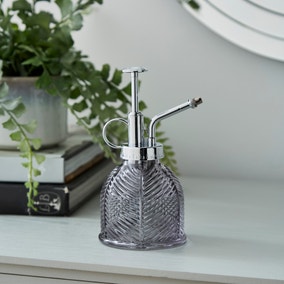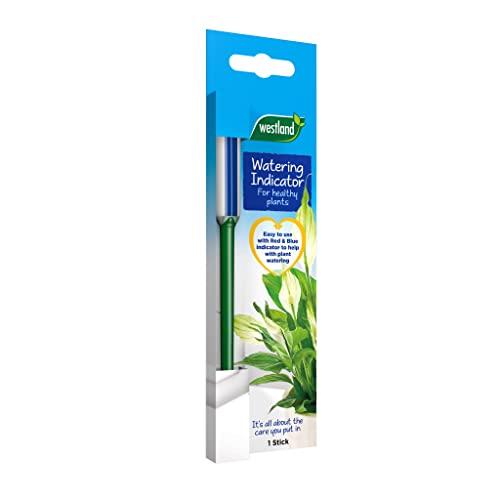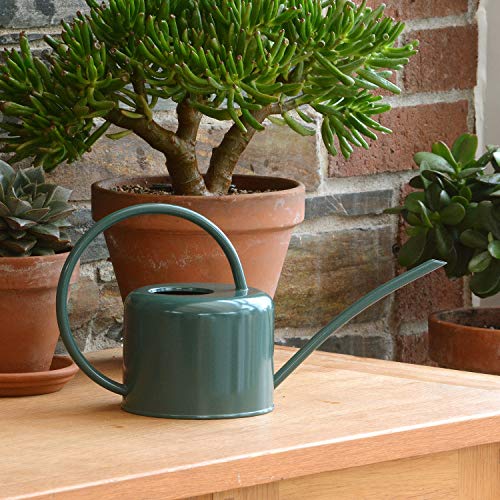7 common winter houseplant problems – how to identify and solve them before it's too late
These are the winter houseplant mistakes you might be making
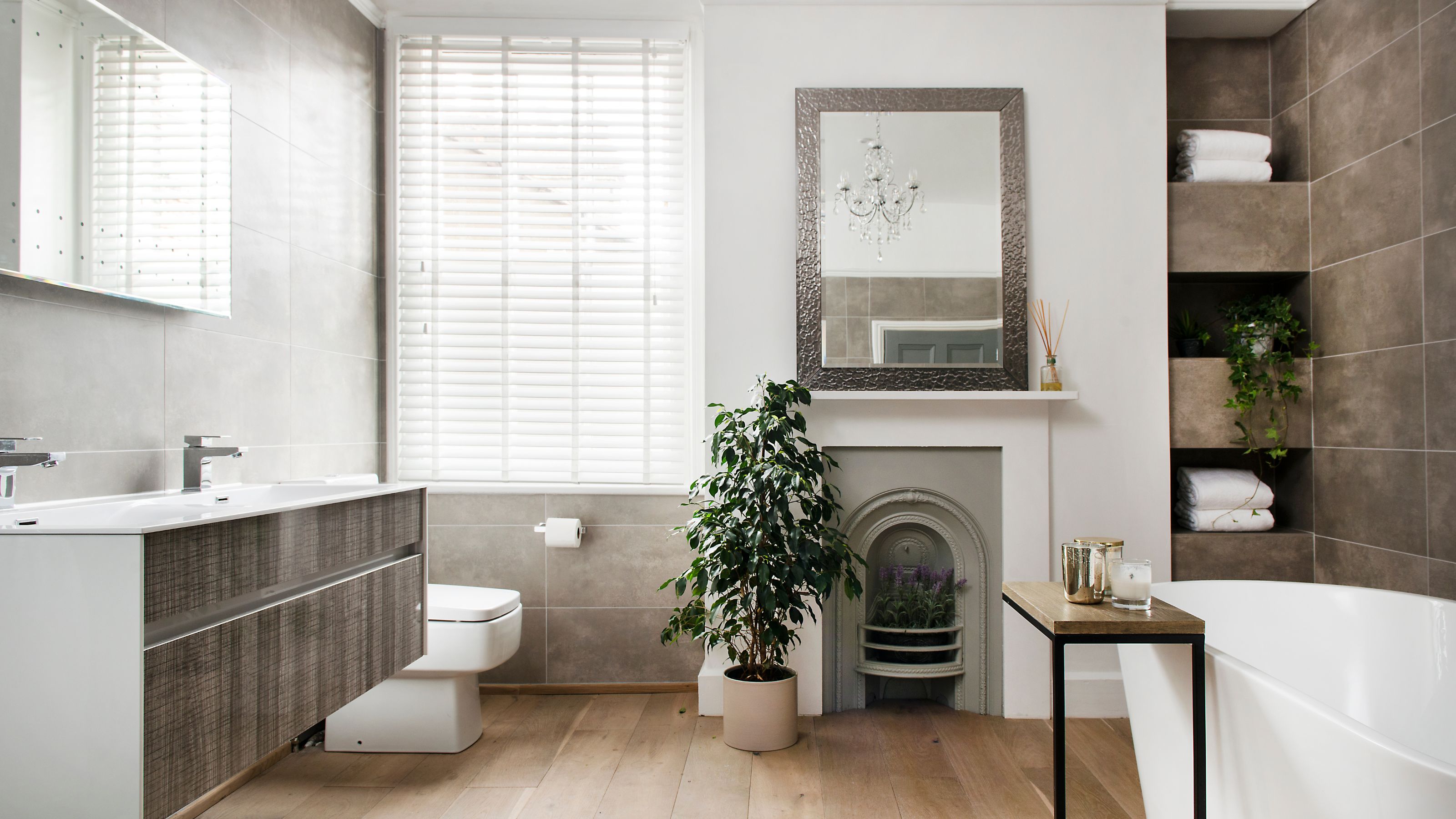

Indoor plants can really brighten up the colder months, but the shorter, darker days mean you might encounter a few winter houseplant problems along the way.
Even the most unkillable houseplants can struggle in winter, whether you're looking after easy-care colourful houseplants or houseplants that like to be pot-bound. That's why learning how to care for houseplants over winter is so important.
'Whether you’re caring for a delicate orchid, a modern peace lily, or the ever-popular snake plant, giving your indoor plants a little extra attention in winter will help them thrive, despite the drop in light levels and temperature,' says Rob Clarke, Westland’s technical manager.
With the help of our most trusted houseplant experts, we've put together a guide to the most common winter houseplant problems, with tips for tackling them before it's too late.
1. Overwatering
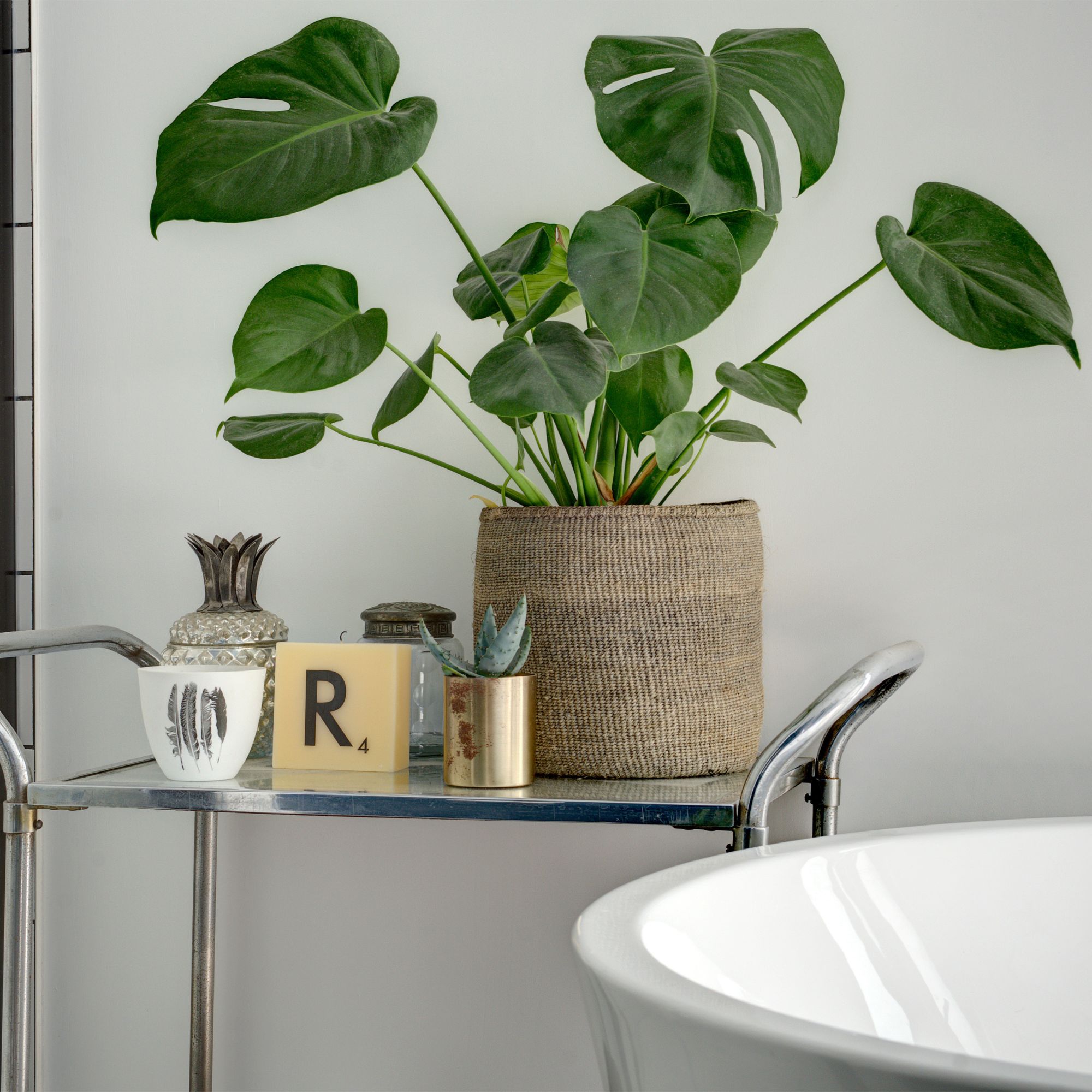
Plants need less water during winter, but if you're a dedicated plant parent, it's all too easy to overdo it. That’s why overwatering is one of the most common winter houseplant problems.
‘When it comes to caring for houseplants in winter, overwatering is one of the most common mistakes, as plants typically need less water in the cooler months,’ explains David Denyer, flower expert at Eflorist. ‘For most houseplants, watering once every two weeks should be enough, but check the moisture levels in the soil with your fingers to make sure.’
Dr Susanne Lux, houseplant expert at Stars for Europe, also recommends checking the soil before watering. ‘Use the finger test if you’re unsure of when to water,’ she says. ‘If the soil is dry to a depth of around 2cm, it's time to give your plant a drink. If the pot is unusually light, that is another good indicator that a bit more water is needed.’
2. Low light levels
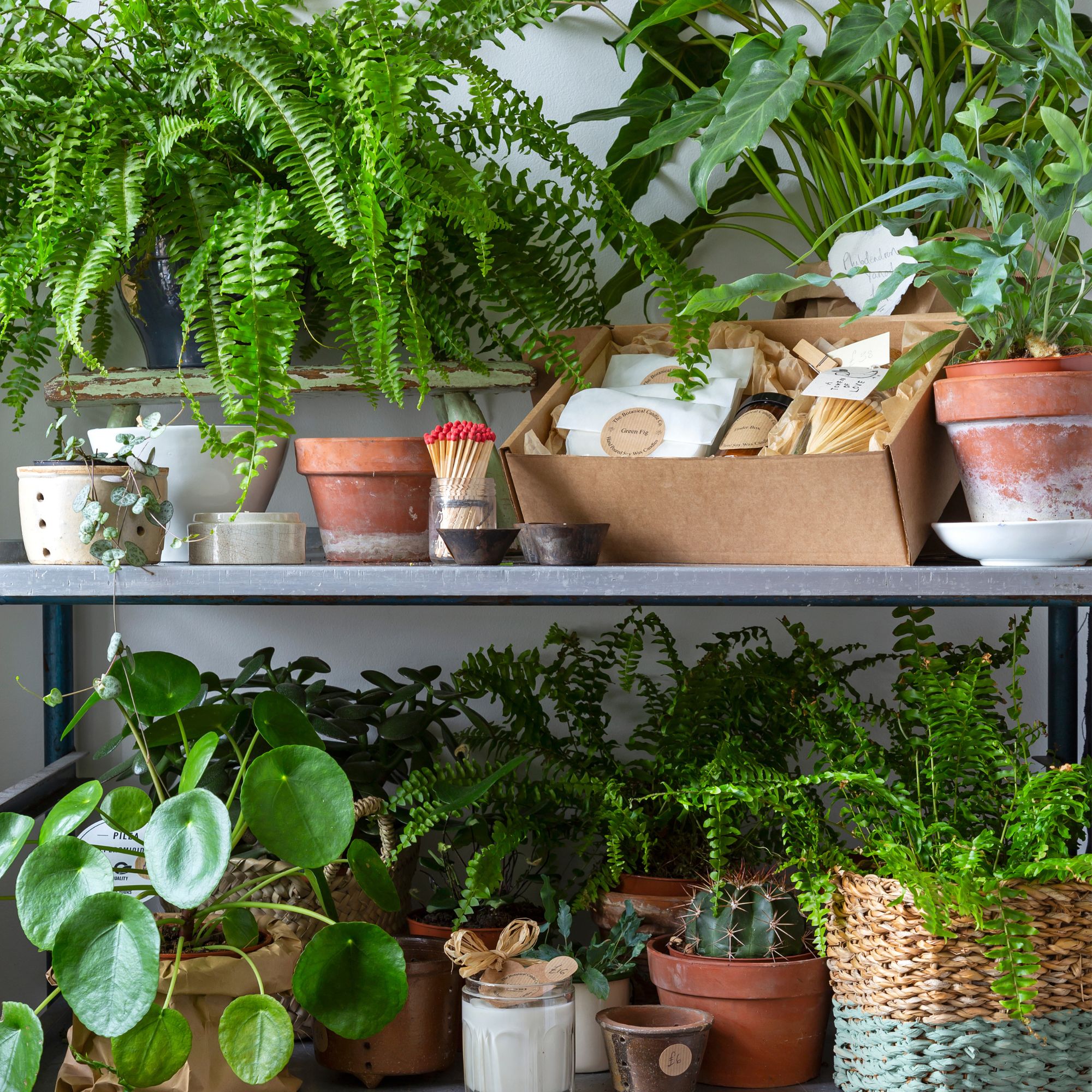
The shorter, darker days of winter don’t go unnoticed by houseplants, and low levels can cause a series of common winter houseplant problems.
'It’s important to ensure that they get enough light with the shorter days, so I’d recommend placing them in an east-facing window so they can soak up as much as they can indirectly,' says David.
Generally, north-facing windows receive the least amount of sunlight, so if that's where your plants are, consider moving them to a sunnier spot.
3. Temperature fluctuations
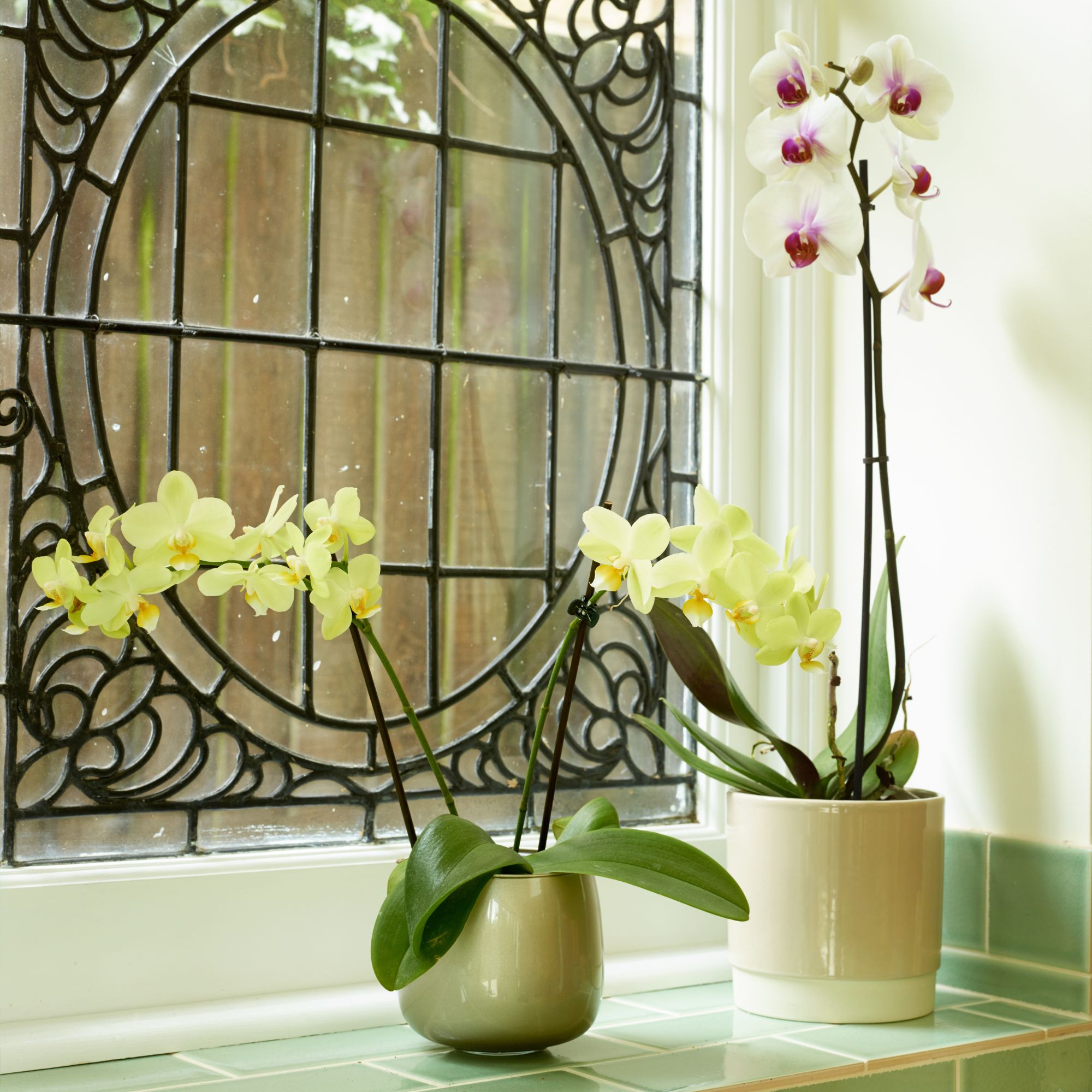
Light levels aren't the only thing to watch out for in winter – temperatures are also less reliable, especially with the heating ticking on and off all season.
'Avoid positioning plants near radiators, which can create a microclimate with drastic temperature and humidity shifts that may stress plants,' warns Rob from Westland.
'Similarly, avoid placing houseplants on draughty windowsills where temperatures often fluctuate. Even sunny windowsills can become overly warm on a bright winter’s day, only for temperatures to drop significantly once night falls and curtains are closed.'
Rob also says that these fluctuations can cause plants to drop leaves – so if you've noticed your houseplants shedding, they might be unhappy in their current position.
4. Fertilising at the wrong time
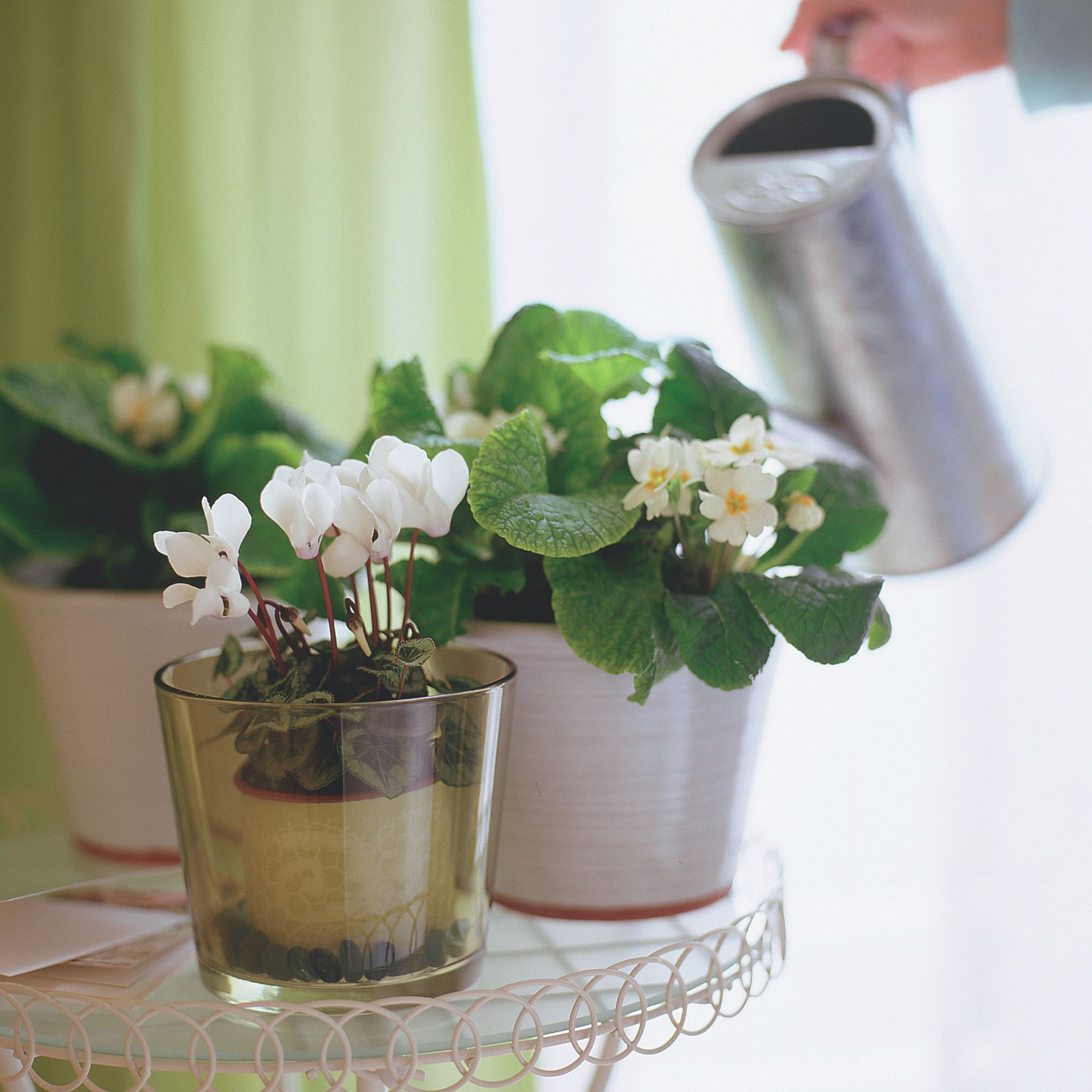
Winter might be a good opportunity to focus on houseplant care, but that doesn't mean all care tips can be applied this season. Usually, plants don't need fertilising in the winter.
'Most houseplants don't require feeding during winter because they enter a period of dormancy with slower growth due to reduced sunlight and cooler temperatures,' explains Andy Little, houseplant buyer at British Garden Centres.
'It's best to fertilise again in the spring when they resume active growth. You can tell when they are ready when you see new leaves or flower buds.'
5. Underwatering
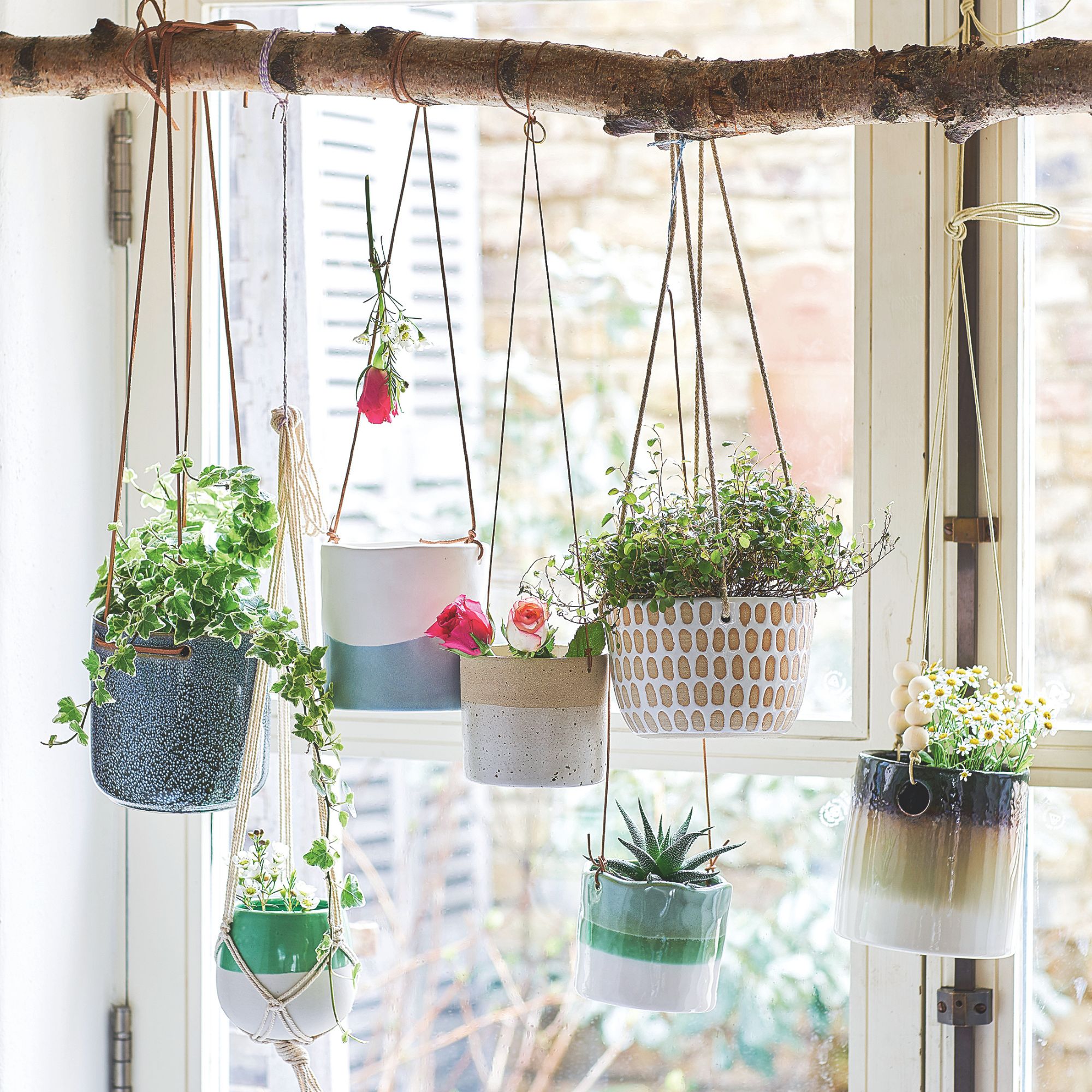
We've already spoken about overwatering as one of the most common winter houseplant problems, but underwatering is a common culprit, too – especially if your plants fall victim to the temperature fluctuations we discussed earlier.
'In some cases, central heating can dry out the soil quickly, so it's important to check plants frequently, but make sure you’re only watering when necessary,' says Rob.
Central heating can also reduce humidity levels, causing some plants to suffer, so Rob recommends misting your plants regularly.
'Don’t give cacti & succulents extra humidity, however, as they thrive in dry conditions,' he adds.
6. Leaf loss
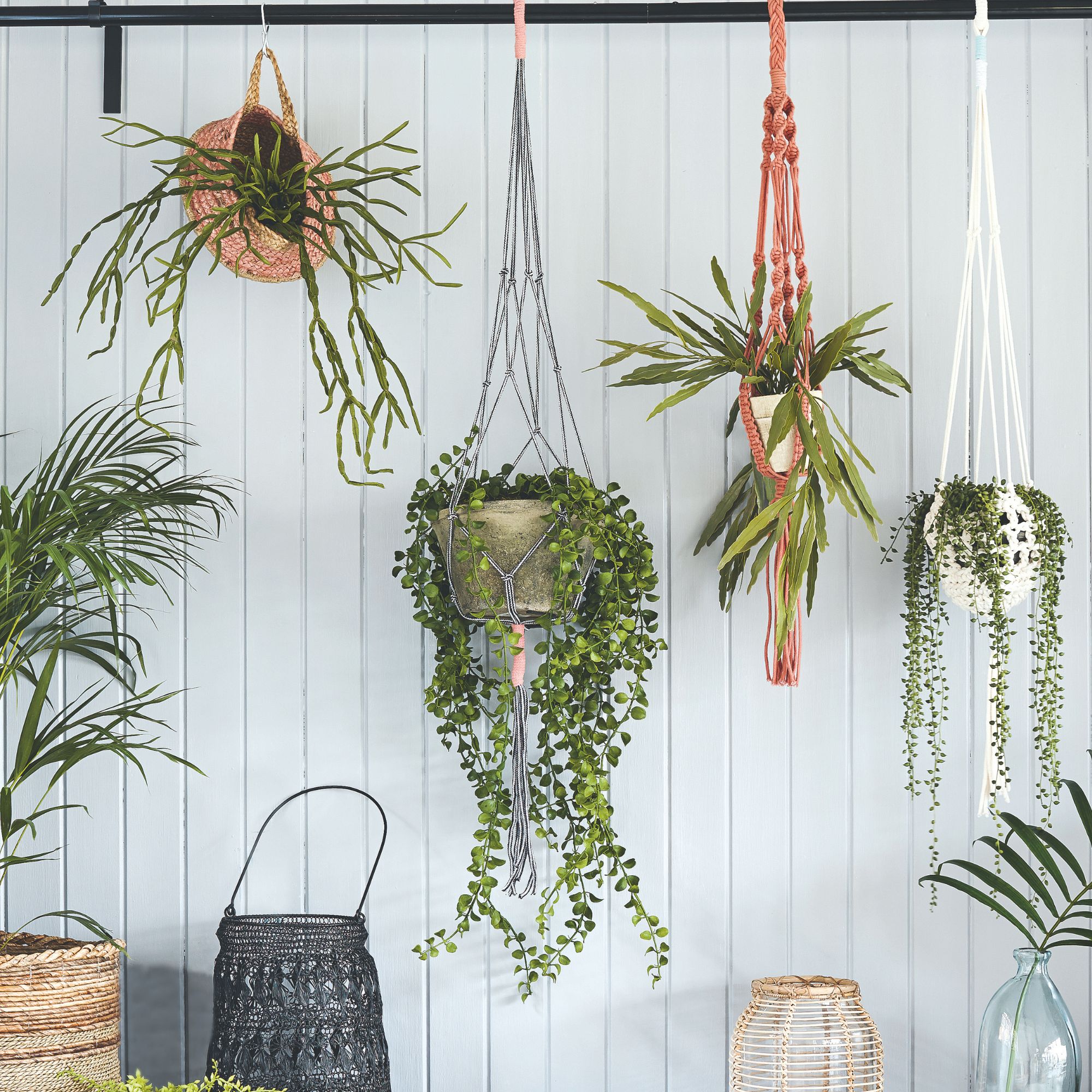
Although it's normal for plants to drop a few leaves as they adjust to cooler temperatures, excessive shedding can indicate a problem. We've already discussed the impact of temperature changes on leaf fall, but that's not the only culprit.
'Shedding leaves could indicate that the plant is root-bound or that its soil has lost nutrients over time,' says Rob.
The surest solution to a pot-bound or nutrient-deficient plant is repotting, but can you repot houseplants in winter?
'Although spring is the best time for repotting, as it’s the peak growing season, any plant that appears pot-bound, nutrient-deficient (evident through yellowed leaves or lack of flowers), or is showing signs of root rot, should be moved to fresh potting mix and a slightly larger pot,' says Rob.
7. Dust

Plants need as much light as possible during the shorter winter days, which means clean, dust-free leaves are a must.
'Don’t forget to keep houseplant leaves dust-free, as a clean leaf surface improves photosynthesis,' says Rob. 'Spray the leaves with Westland’s Houseplant Mist & Leaf Shine Spray (available at Amazon) and gently wipe over each leaf using a damp cloth, supporting the leaf from beneath to prevent any damage.'
What you'll need
FAQs
Can houseplants recover from cold damage?
If you've left your plant to fend for itself in a chilly or draughty room, you're probably wondering what to do with houseplants that are exposed to the cold.
As long as the leaves haven't started to curl or change colour, and the plant looks otherwise healthy, your plant should be fine once it's been moved to a warmer spot. Just make sure you keep it away from radiators or any other hot spots in the house.
Why are the edges of my houseplant leaves turning brown?
Incorrect watering is the likely culprit. Make sure you aren't overwatering or underwatering your plant, and check the soil. If it's soggy and the roots are beginning to rot, you've probably given your plant too much water, and you'll need to learn how to save an overwatered plant.
If, on the other hand, the soil is dry, you should water your plant more regularly. Also, make sure the plant isn't too close to a radiator or anything else that might be drying the leaves out.
Keep our list of winter houseplant problems handy for the next time you spot something awry with your plants.
Get the Ideal Home Newsletter
Sign up to our newsletter for style and decor inspiration, house makeovers, project advice and more.

Sophie joined the Ideal Home team as Gardens Editor in June 2024. After studying English at Royal Holloway, University of London, she began writing for Grow Your Own, which spurred on her love of gardening. She's tried growing almost every vegetable under the sun, and has a soft spot for roses and dinnerplate dahlias.
As Gardens Editor, Sophie's always on the lookout for the latest garden trend. She loves sharing growing hacks for every space, from herbaceous borders to balconies.
-
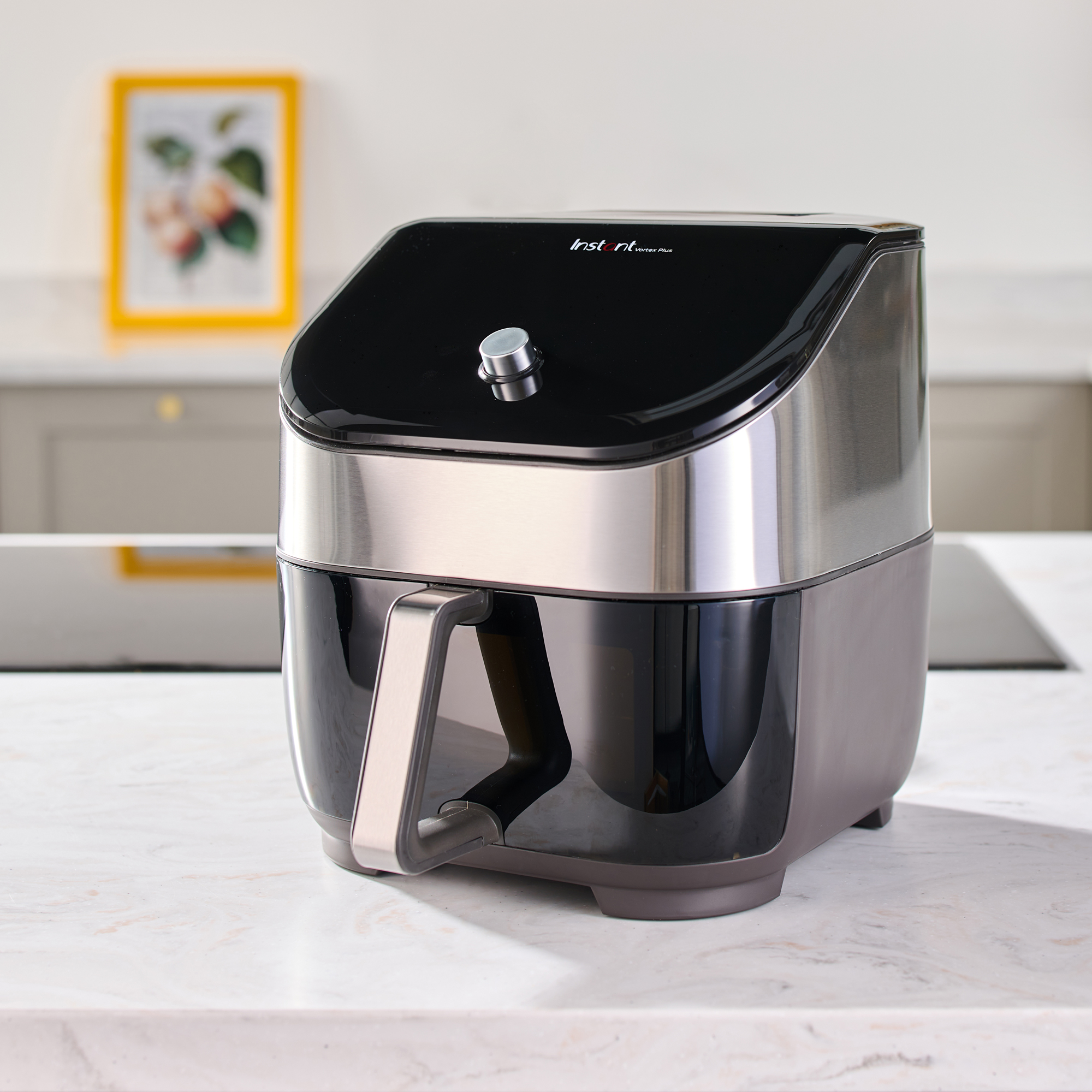 Should an air fryer be on display in a kitchen or hidden away? This is why I always keep my small appliances on the worktop
Should an air fryer be on display in a kitchen or hidden away? This is why I always keep my small appliances on the worktopAre you on team display or neatly hidden away? Share your opinion in the comments
By Rebecca Knight
-
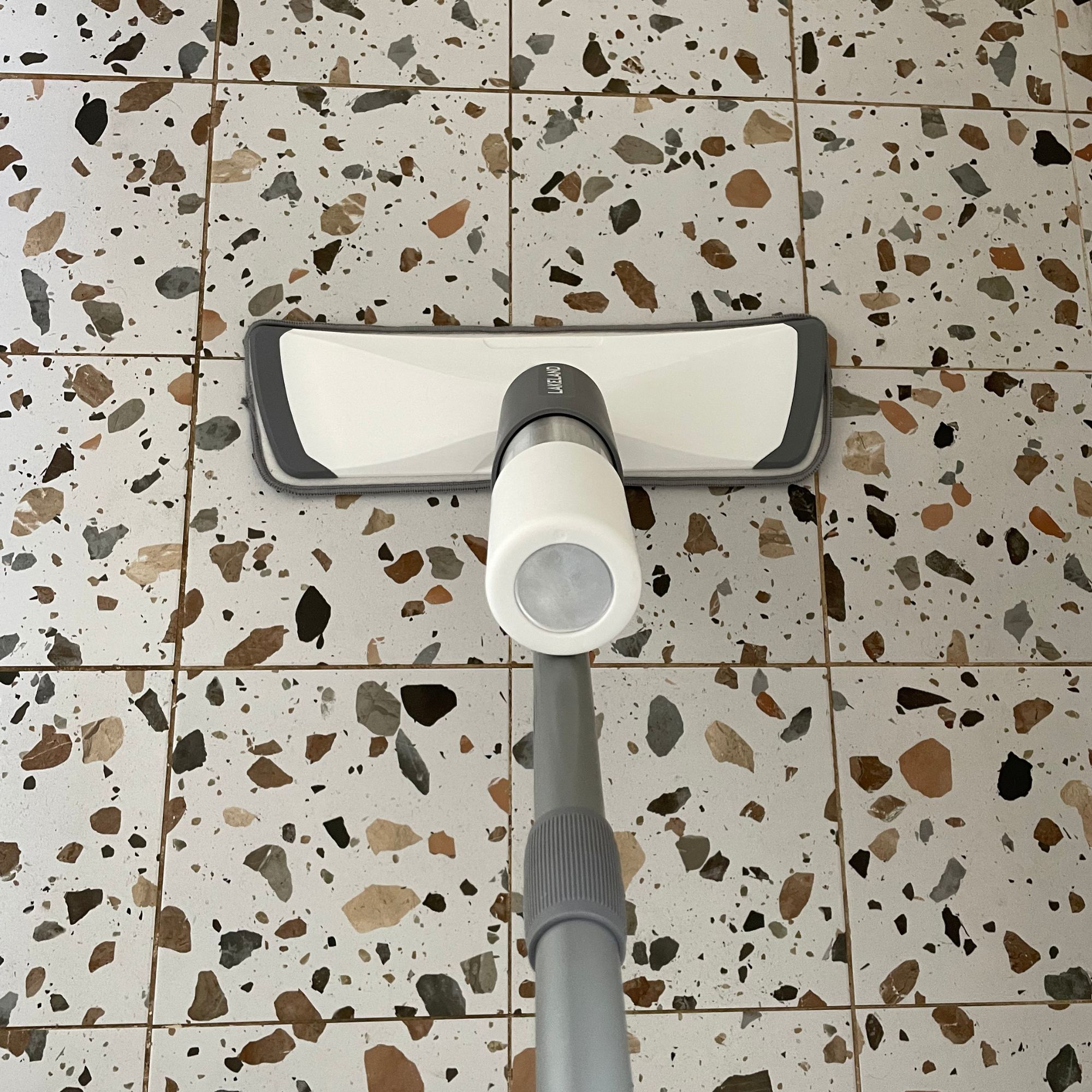 Experts warn that these 5 mopping mistakes are making your floors dirtier — and damaging your floors in the process
Experts warn that these 5 mopping mistakes are making your floors dirtier — and damaging your floors in the processThis is how to keep them clean and avoid costly damage
By Lauren Bradbury
-
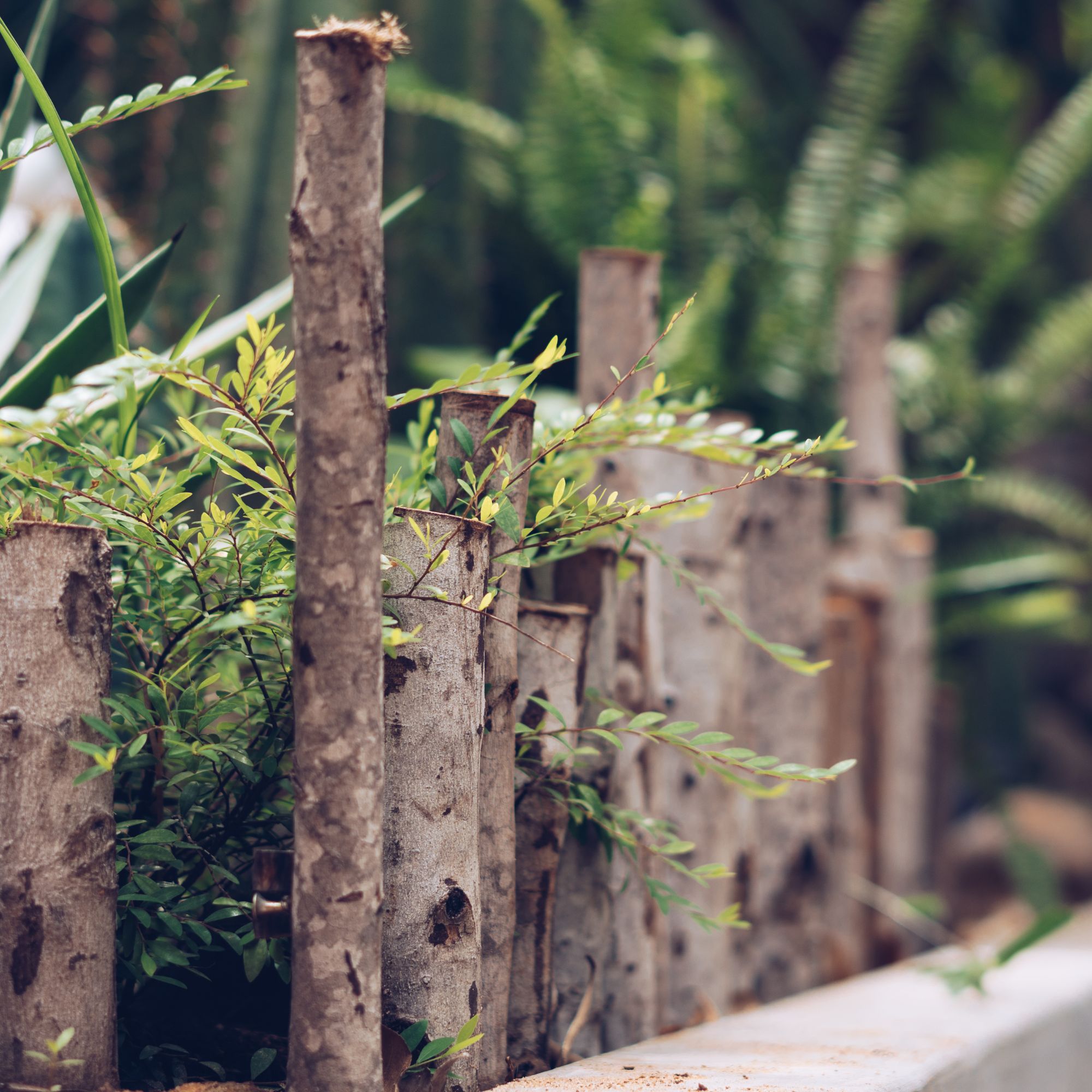 Move over, fences – dead hedges are the wild and wonderful alternative your garden will love and they're easier to build than you'd think
Move over, fences – dead hedges are the wild and wonderful alternative your garden will love and they're easier to build than you'd thinkThe perfect eco-friendly solution for small gardens
By Kayleigh Dray
-
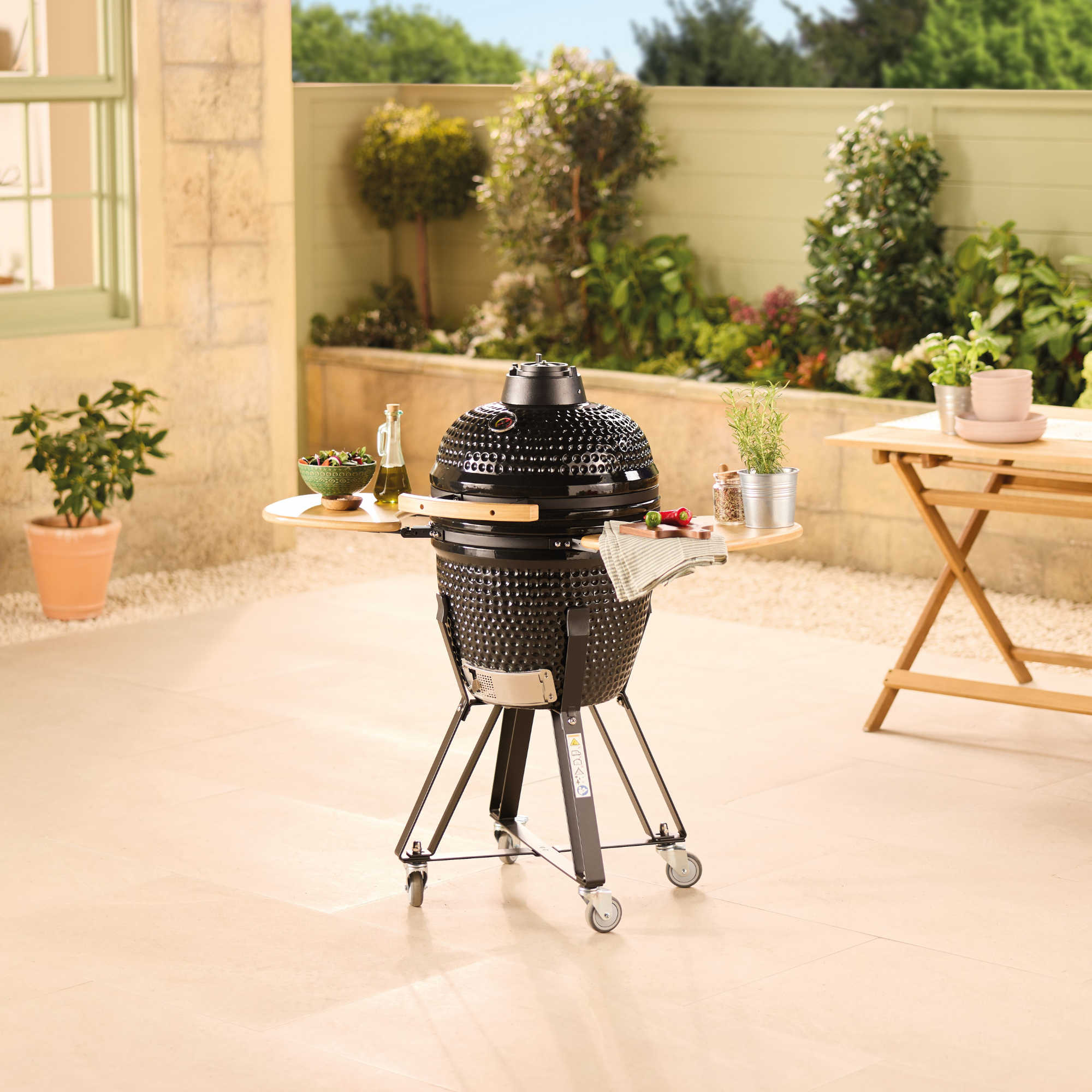 Aldi’s cult Kamado BBQ is returning to stores and it's £100 cheaper than last time
Aldi’s cult Kamado BBQ is returning to stores and it's £100 cheaper than last timeThis budget BBQ is only a fraction of the price of this celebrity favourite
By Kezia Reynolds
-
 Shoppers can’t get enough of The Range’s lemon tree, but I’ve found an even cheaper bestseller at B&Q - it’s perfect for a Mediterranean look
Shoppers can’t get enough of The Range’s lemon tree, but I’ve found an even cheaper bestseller at B&Q - it’s perfect for a Mediterranean lookWelcome the summer with this glorious fruit tree
By Kezia Reynolds
-
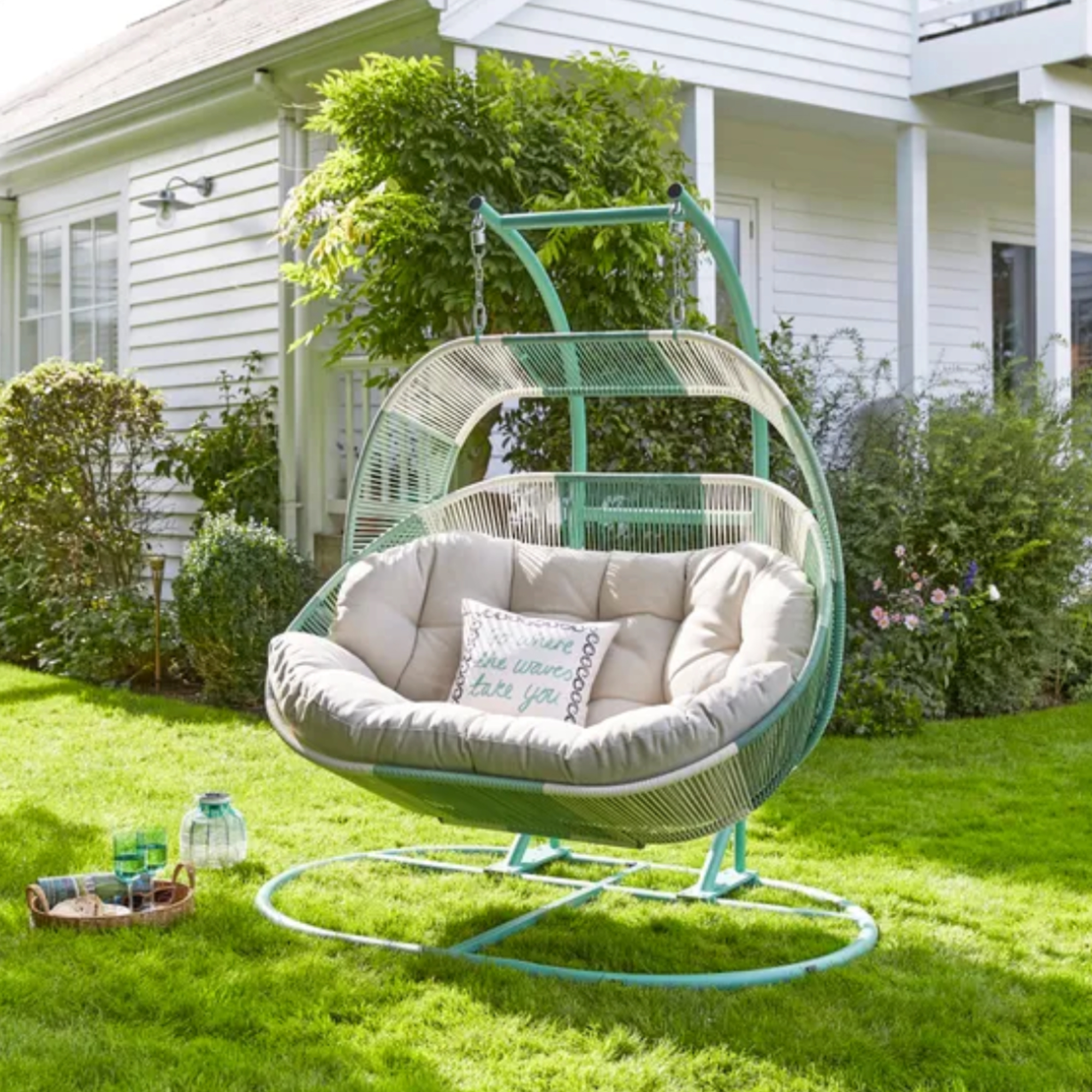 I'm a stylist with an eye for expensive-looking high street finds – these 6 garden furniture pieces at Dunelm are on my radar
I'm a stylist with an eye for expensive-looking high street finds – these 6 garden furniture pieces at Dunelm are on my radarThese pieces all look more than their price tag
By Laurie Davidson
-
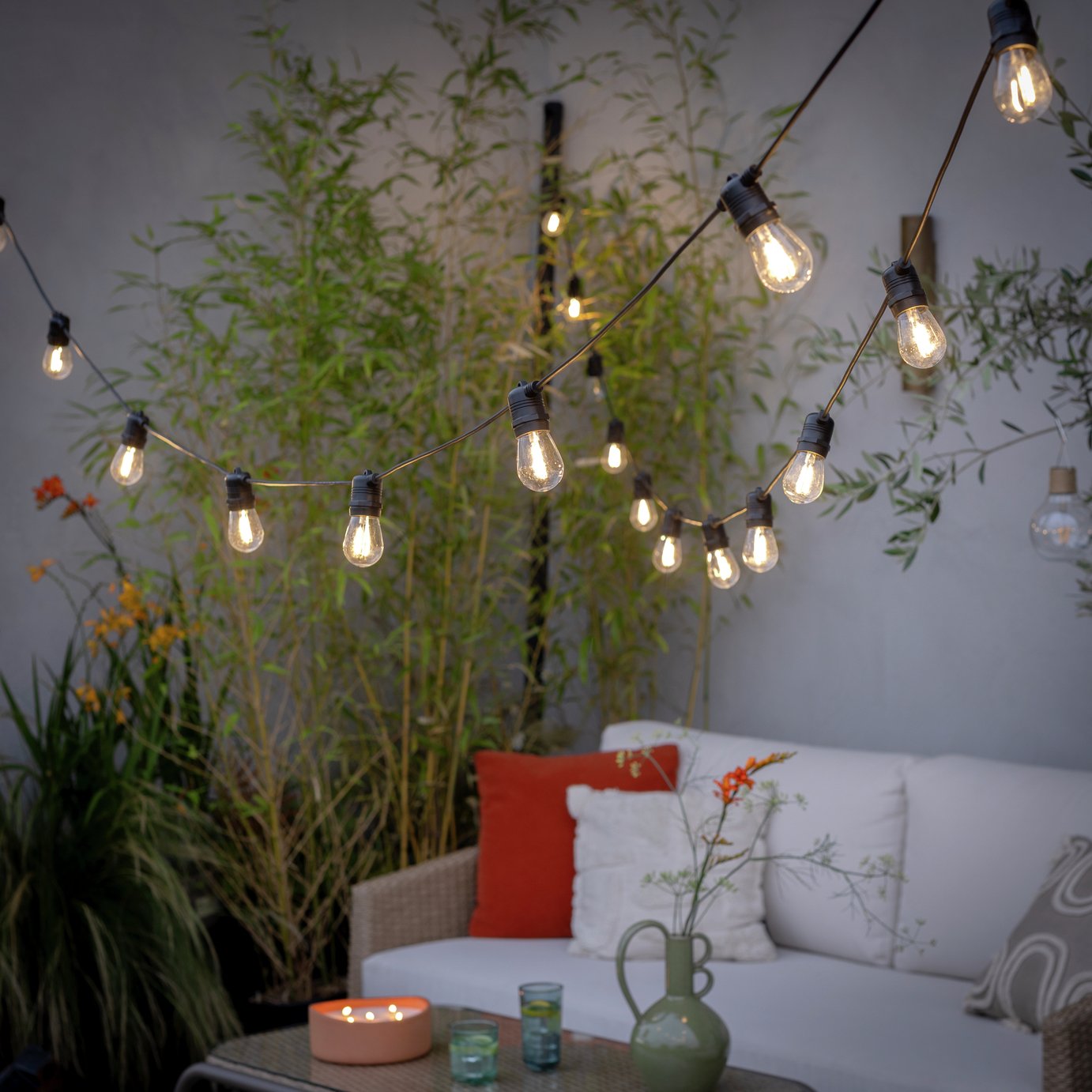 The 6 outdoor lights from Habitat that I'm choosing between to make my outdoor space look more expensive this summer
The 6 outdoor lights from Habitat that I'm choosing between to make my outdoor space look more expensive this summerI couldn’t believe some of the prices
By Ellis Cochrane
-
 Aldi is launching a £200 day bed with four different features - its sleek design is suited to the whole family
Aldi is launching a £200 day bed with four different features - its sleek design is suited to the whole familyYou don't want to miss out on this Specialbuy
By Kezia Reynolds
-
 I’m seeing pastel garden furniture at all my favourite brands this spring, but QVC’s sorbet collection impressed me the most
I’m seeing pastel garden furniture at all my favourite brands this spring, but QVC’s sorbet collection impressed me the mostFresh pastel shades are a great way to liven up your outdoor space
By Kezia Reynolds
-
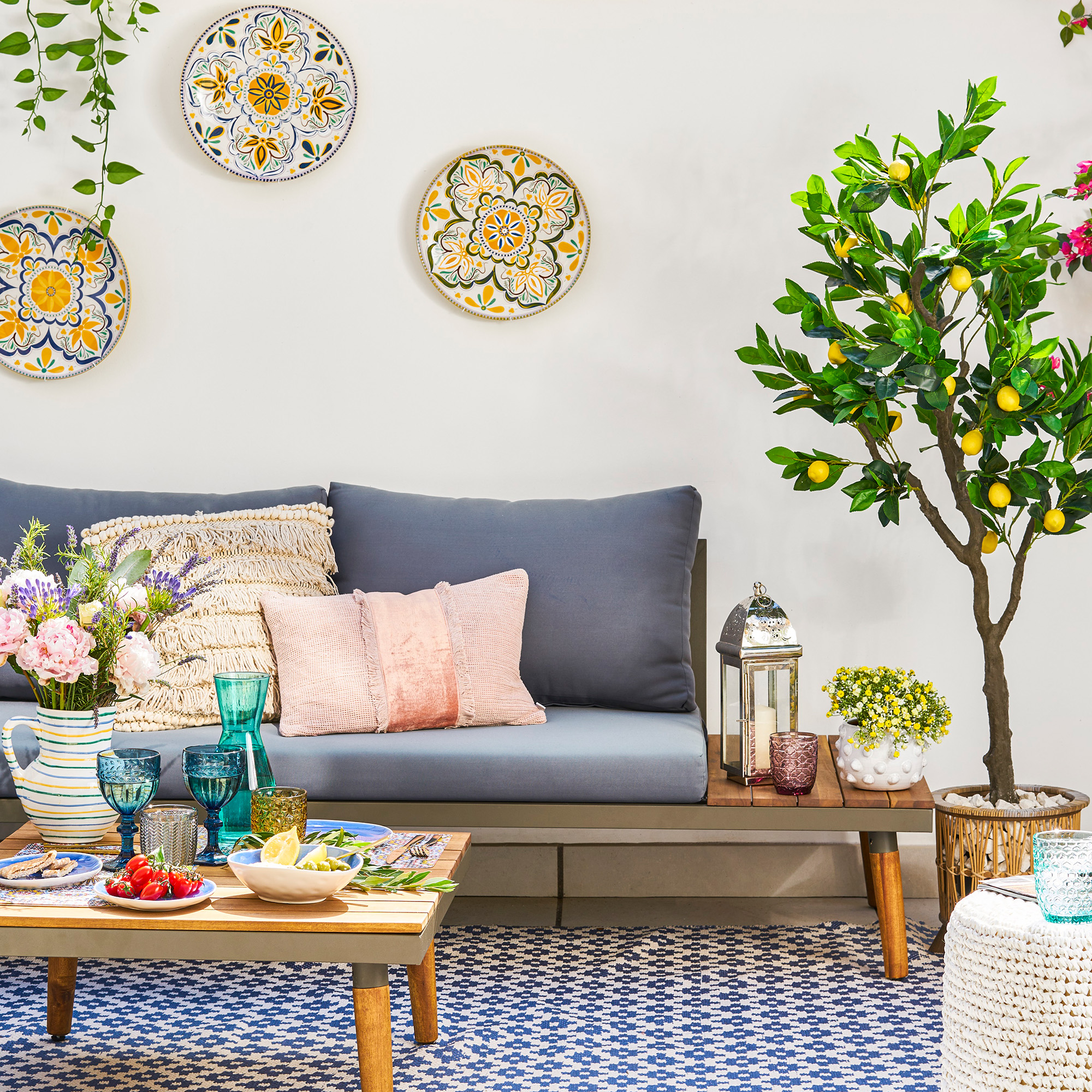 I spent the afternoon looking through Wayfair's garden sale – these are the 6 pieces I'm buying immediately for summer
I spent the afternoon looking through Wayfair's garden sale – these are the 6 pieces I'm buying immediately for summerThese are my must-have garden buys from the sale
By Holly Reaney
-
 I’ve found the perfect alternative to John Lewis’ sold-out striped garden chair – and you won’t believe where it's from
I’ve found the perfect alternative to John Lewis’ sold-out striped garden chair – and you won’t believe where it's fromJohn Lewis' Sling Garden Chair is one of the most stylish pieces of garden furniture I'd seen – until I tracked down this QVC lounge chair...
By Kezia Reynolds
